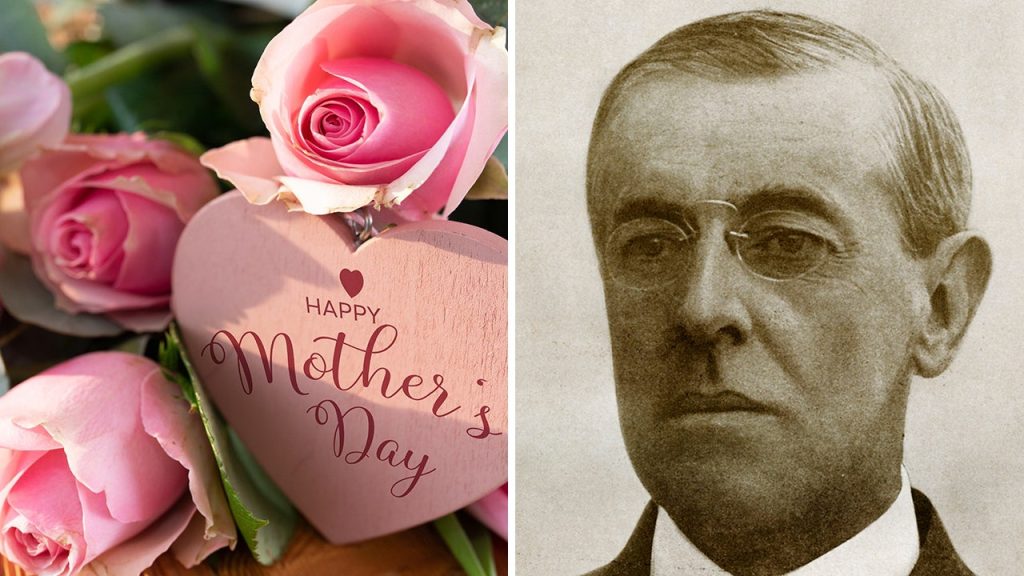On May 9, 1914, President Woodrow Wilson issued a proclamation for Americans to show reverence to mothers by celebrating Mother’s Day. The proclamation called for the display of the United States flag on all government buildings and for individuals to display the flag at their homes or other suitable places. The first unofficial Mother’s Day observances were organized by Anna Jarvis in 1908 in West Virginia and Philadelphia. Jarvis was inspired by her mother, Anne Reeves Jarvis, a social activist who had worked to mobilize mothers to care for their children. Jarvis pushed for a special day to honor mothers and eventually got Congress to designate the second Sunday in May as Mother’s Day.
Following the success of the first Mother’s Day celebration, Anna Jarvis wanted to see the holiday added to the national calendar. By 1912, some states, towns, and churches had adopted Mother’s Day as an annual holiday. Jarvis established the Mother’s Day International Association to help promote the cause of honoring motherhood. In 1913, the House of Representatives passed a resolution asking federal government officials to wear a white carnation in observance of Mother’s Day. In 1914, Congress passed a law designating the second Sunday in May as Mother’s Day, and President Wilson issued a proclamation in support of the holiday.
Jarvis became disenchanted with the commercialization of Mother’s Day as the holiday gained popularity. She condemned florists for raising the price of carnations, which she had chosen as the official flower of Mother’s Day. Over time, Mother’s Day has been used as a platform for social messaging. In 1968, Coretta Scott King organized a march in support of underprivileged women and children on Mother’s Day. Women’s groups in the 1970s used the holiday to highlight the need for equal rights and access to child care. Mother’s Day also became a significant consumer spending holiday, with consumers spending billions of dollars each year on gifts and celebrations.
Despite fluctuations in consumer spending, Mother’s Day remains a popular holiday in the United States. In 2021, consumers were expected to spend $33.5 billion on Mother’s Day, slightly less than the previous year. The most popular gifts continue to be flowers, greeting cards, and special outings such as dinner or brunch. While consumer spending may vary, the tradition of honoring and celebrating mothers on Mother’s Day continues to be a cherished tradition in American culture.


